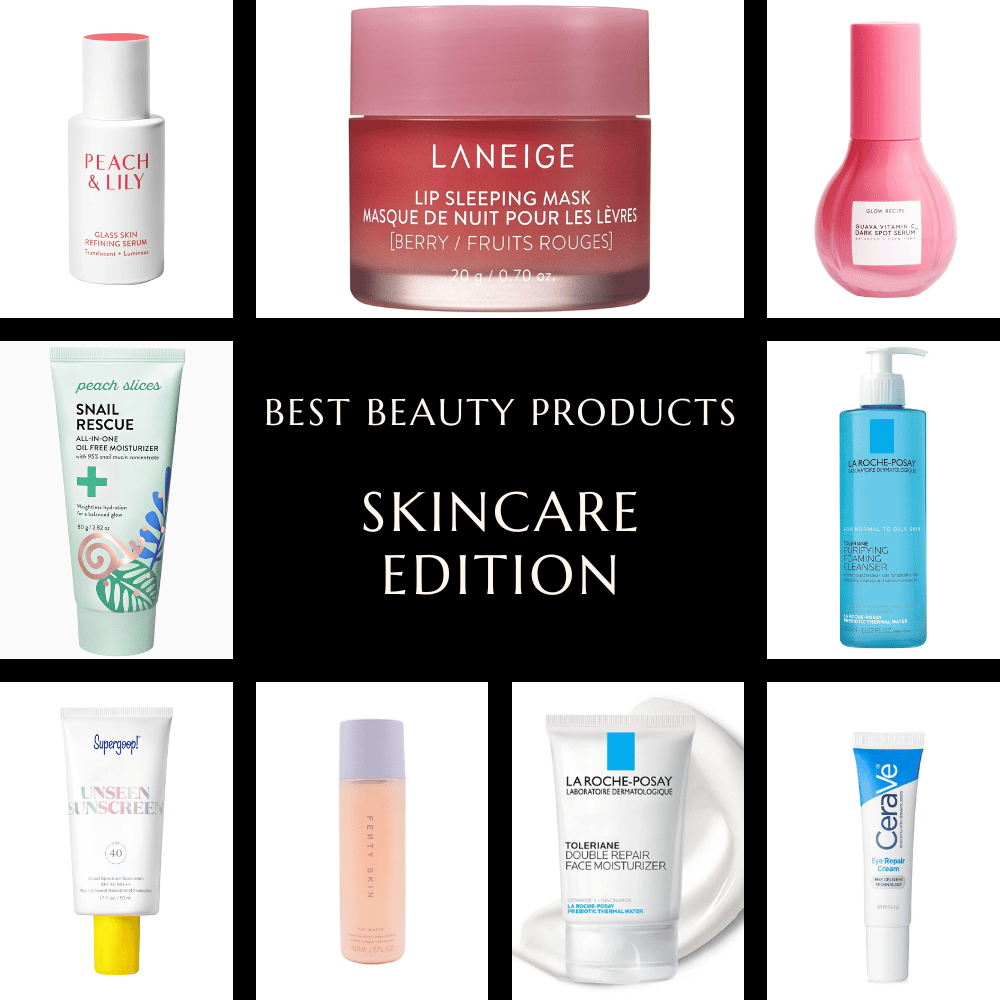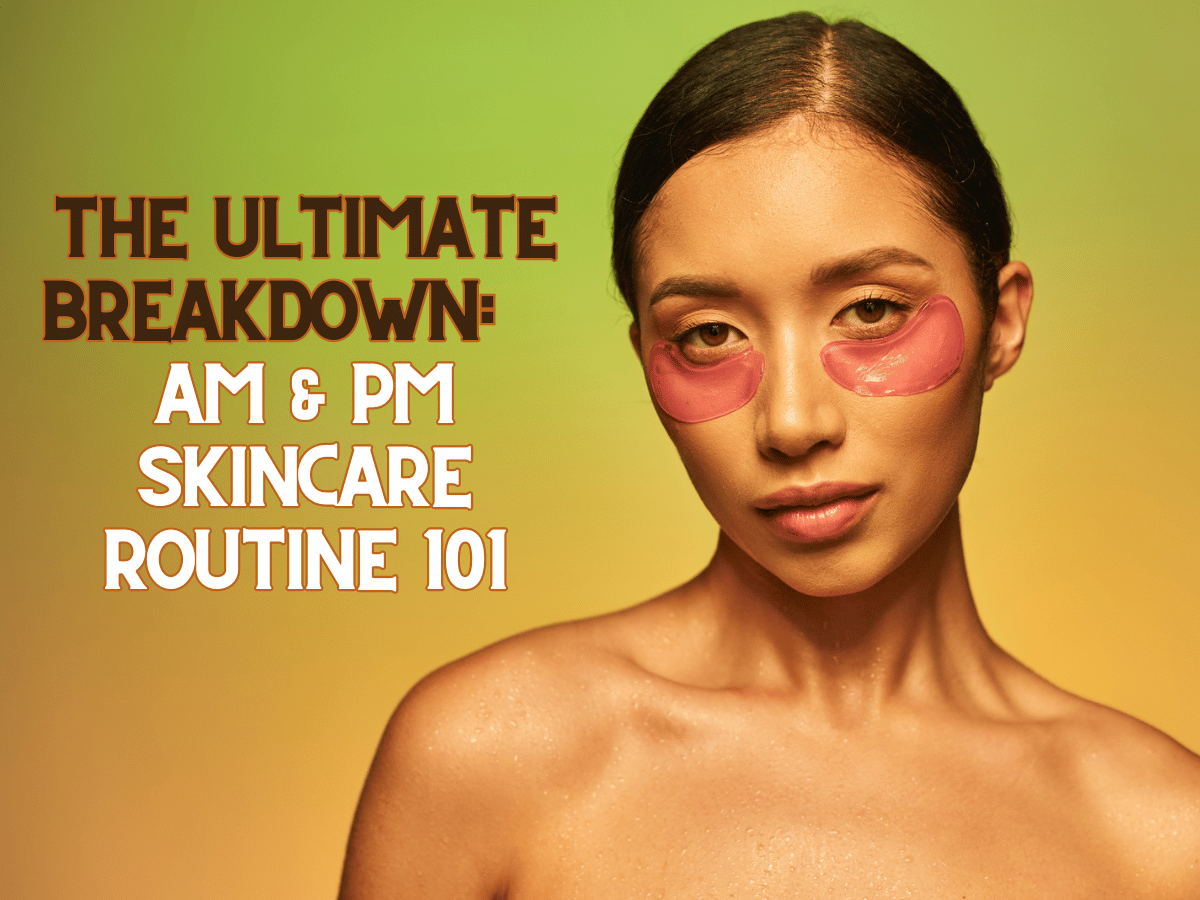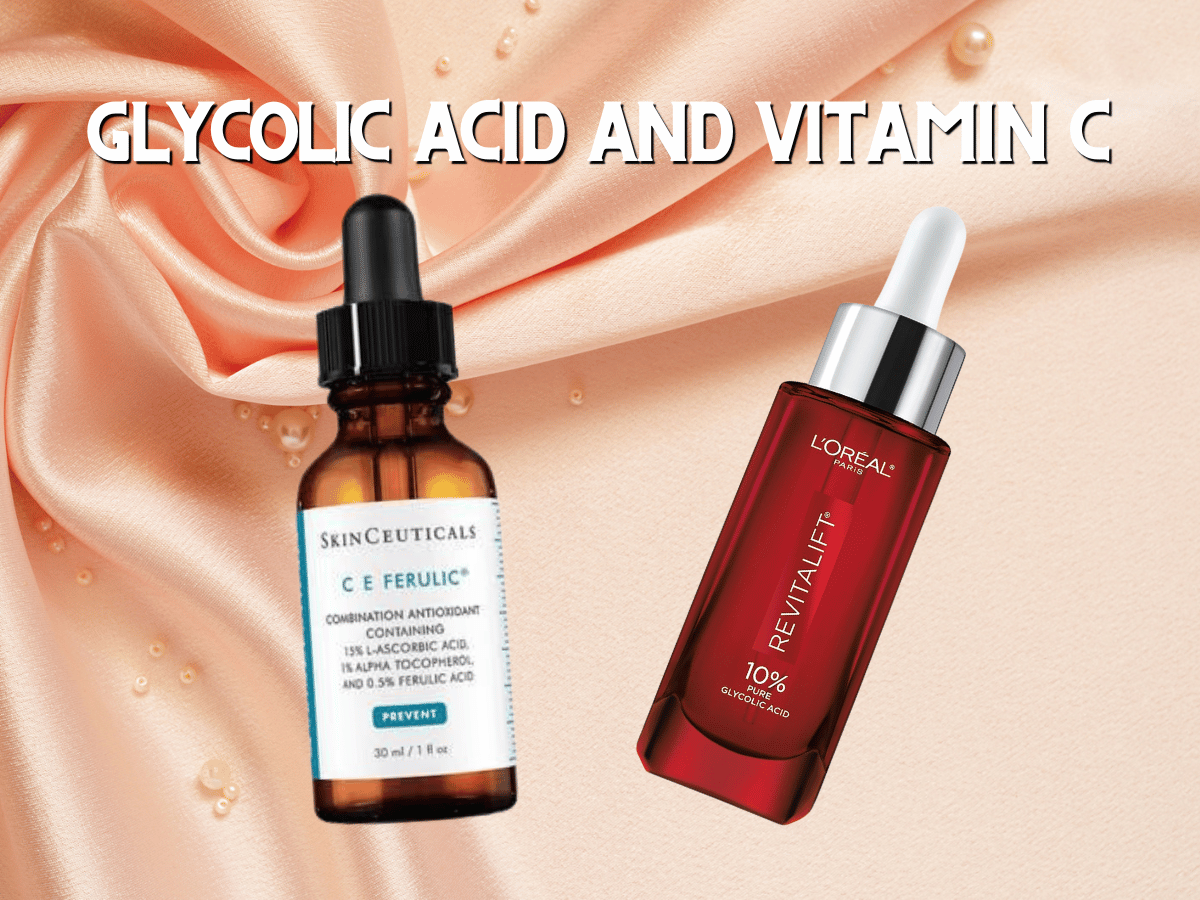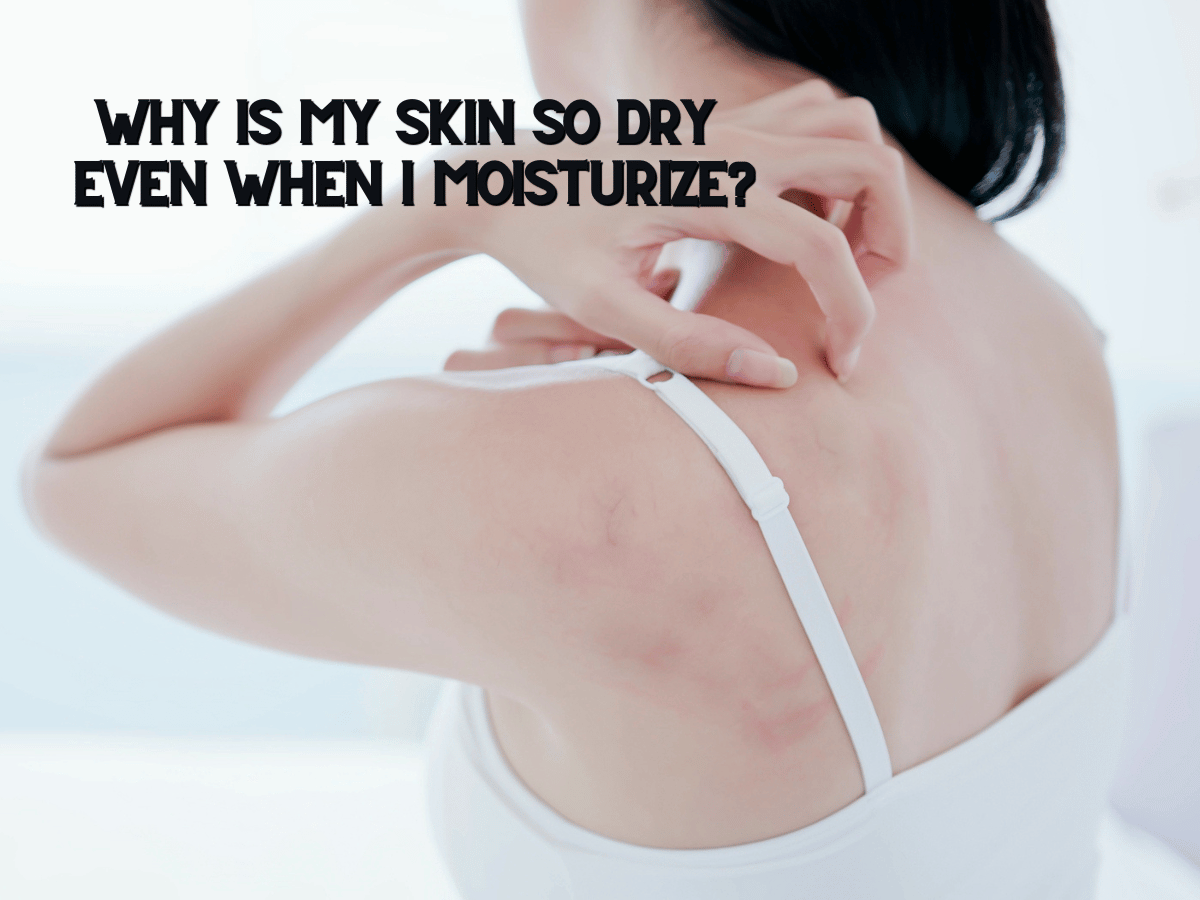Melasma vs Hyperpigmentation: From Sun Spots to the Mask of Pregnancy
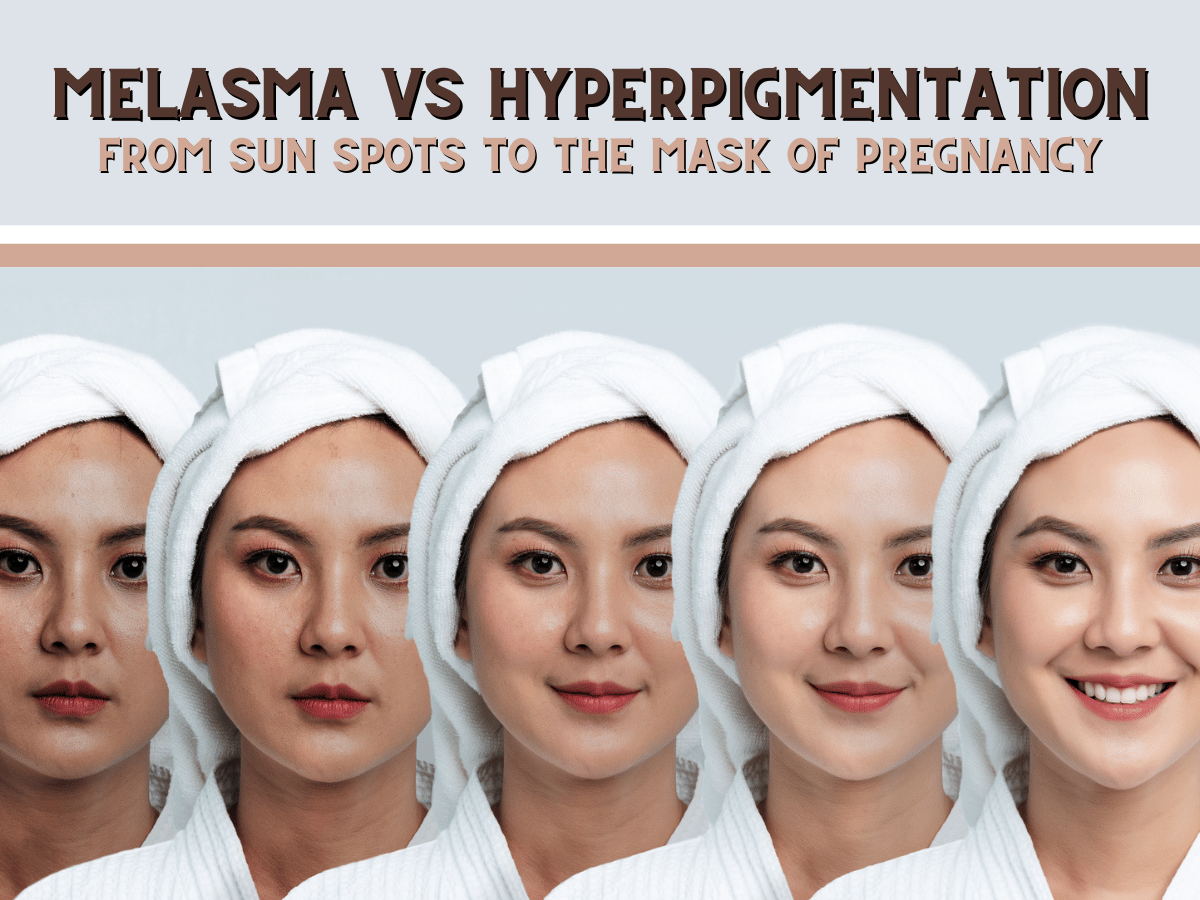
Dark patches on the face, albeit harmless in most cases, are actually hard to deal with psychologically speaking. Our appearance is something that we take pride in, so living in acceptance of hyperpigmentation may just about sound torturous.
Though there is no one-size-fits-all cure for dark spots or patches, there are treatments, both preventative and reparative, to get your skin looking fresh and healthy and keep it that way.
Step 1, is figuring out exactly what type of hyperpigmentation you are dealing with - which brings us to the topic of this blog post - Melasma vs Hyperpigmentation. Step 2, is making sure that you aren't blindly having to go into the thick of it. Although we aren't dermatologists, we like to learn as much about what we are in for before walking into something. We want to share that with you too.
In this blog post, we will keep it simple and go through the similarities and differences between Melasma vs Hyperpigmentation and walk you through the course of treatments you might be in for without bombarding you with a boatload of skincare information and jargon.
What Is It?
What is Hyperpigmentation?
Pigmentation is the color that is seen in one's skin. When there is an increase in melanin, there becomes an excess in pigment leading to hyperpigmentation.
There are different categories of hyperpigmentation - underlying medical conditions like
- eczema or psoriasis
- unprotected and excessive sun exposure
- post-inflammatory hyperpigmentation from breakouts
- hormonal changes
You may have also heard some of these scenarios referred to as liver spots, age spots or sun spots.
What is Melasma?
Melasma is the type of hyperpigmentation that is mainly caused by hormonal changes, medication (i.e. birth control), and therapy, and is most commonly phrased as "the mask of pregnancy".
Genetic predisposition, excessive sun exposure, tanning beds, and post-inflammatory skin damage can contribute to and worsen melasma.
What are the Symptoms?
The most obvious symptoms of hyperpigmentation are brown, black, gray, red or pink spots or patches or spots of discoloration appearing on the skin.
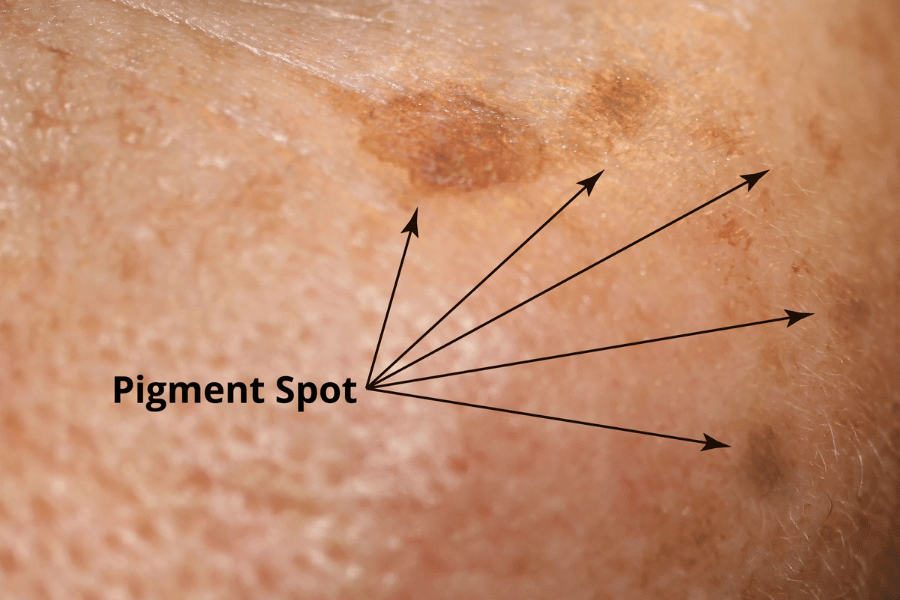
Melasma appears in larger patches on the affected area of the skin, whereas hyperpigmentation tends to be concentrated.
For melasma, affected areas can include:
- shoulders
- upper arms
- forehead
- cheeks
- nose
- upper lip
- jawline
- sides of the neck (this is usually found in older age)
Who is at Risk of Incurring Hyperpigmentation or Melasma?
When it comes to skin tone, all skin tones are at risk of incurring hyperpigmentation without skin protection and care.
However, more often than not, skin tones on the deeper side or skin that tans fast have a larger risk of experiencing hyperpigmentation. At its core, this is because deeper skin tones have more melanin present in the system. When exposed to the triggers listed above, melanin production is stimulated.
Therefore, those with more melanin are more susceptible to hyperpigmentation. When it comes to melasma, the risk goes back to the most probably root cause, hormones.
Treatments for Hyperpigmentation and Melasma
When faced with possible courses of treatment, it can be hard to figure out which one is best for you.
The methods on how to treat hyperpigmentation are entirely unique to each individual based on what the causes the discoloration and how your body reacts to the variety of treatments in the market. Even so, not knowing your options is personally the worst feeling for us.
Let's walk through some of what you may encounter and the most probable course of treatment for you. (This is by no means medical advice, more so an overview.)
Preventative Care
As with any treatment for any health concern, the best way to make sure you steer clear is to take preventative measures to avoid hyperpigmentation, including melasma. Here's how you can:
Sunscreen
The most effective pigmentation care advice can be chalked up to one word: Sunscreen.
Tinted physical/mineral sunscreen with physical (aka mineral) blockers such as titanium dioxide or zinc oxide with added pigments, brings in pigmentary titanium dioxides and iron oxides - meaning the sunscreen is visible on your skin, therefore giving it the ability to block visible light (another hyperpigmentation/melasma trigger).
If you don't have this particular type of sunscreen on hand, don't sweat it. Any sunscreen is better than no sunscreen but tinted sunscreens are highly recommended.
Sunscreen Protective Clothing and Accessories
We are talking broad-brimmed hats which are officially back in style because of how great they work at keeping hyperpigmentation at bay. Couple that with UV-protecting glasses, a vizor, and protective clothing and you are set. It may sound excessive and you realistically may not need to wear all of this in one go every time you step outside of the house, but if you are prone to hyperpigmentation in any shape or form, protecting yourself with these options while you enjoy the sun is vital.
Vitamin C (L-ascorbic acid)
Vitamin C is great at fading hyperpigmentation but it is also great at protecting the skin from the sun's UV rays with its antioxidant qualities. Wear it under your sunscreen for the best results.
AHAs
Exfoliants can be great to shed old, dead skin cells and bring in the new for a fresh, smooth base of skin and are often found in chemical peels.
Retinol
Anti-aging features aside, this active ingredient is ideal for treating dark spots and patches due to its main functionality: supporting skin cell turnover. This feature helps to fade away the dark spots.
Reparative Treatments
For mild cases, a solid at-home treatment might be all you need, especially for non-melasma hyperpigmentation, but for medium to stubborn melasma and hyperpigmentation, professional treatment with a board-certified dermatologist or licensed professional paired with a bulletproof skincare routine is your best bet.
Hyperpigmentation
- The first line of defense includes brightening agents or tyrosinase inhibitors with cell turnover boosters mixed in. We are talking vitamin C, niacinamide, azelaic acid, kojic acid, arbutin and retinol (if your skin is not too sensitive). For stubborn cases of pigmentation, consult a professional about hydroquinone.
- If your hyperpigmentation is more on the stubborn side, professionally conducted chemical peels and laser treatments are a great option. When it comes to the skin, it's always safer to consult a professional.
For those with darker skin tones, this step requires caution. If the correct treatment at the correct dosage is not administered, you can end up worsening your hyperpigmentation due to post-treatment inflammation. - You can always count on aloe, specifically liposome-encapsulated aloe vera, to calm the skin down and guard the skin with its UV protective qualities.
In this day and age, there are a variety of chemical peels and treatments but not all are suited for every skin type and skin concern. Skin is an organ that needs its unique treatment. This can vary from individual to individual, so it's best to have someone who is a licensed professional or board-certified dermatologist conduct these treatments.
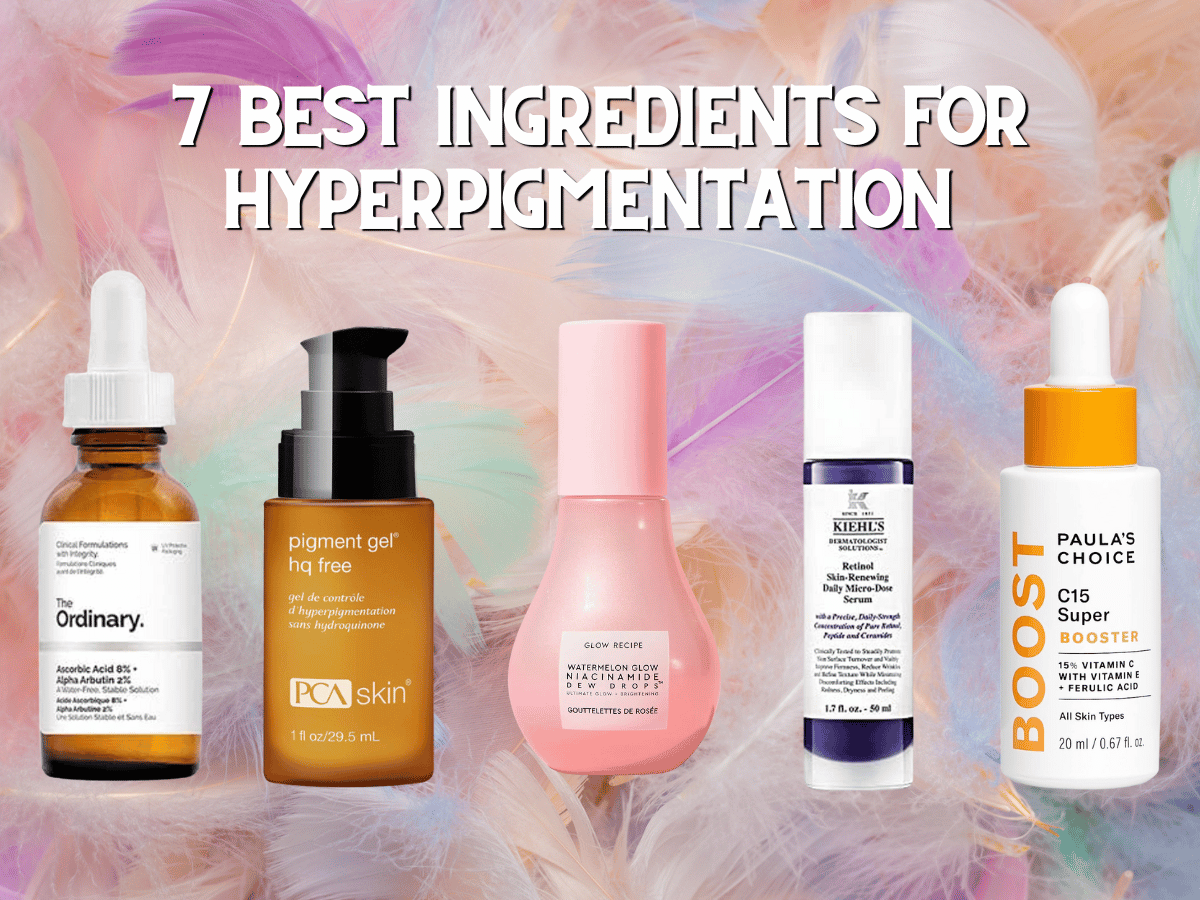
Melasma
Since melasma is hormonal, treating it can be a bit different from hyperpigmentation though there are some similarities.
- You can always start with topical ingredients, as with regular hyperpigmentation, to treat melasma but on its own, the effects may not be as quick or strong as they would be on regular hyperpigmentation. We are talking about hydroquinone (most commonly prescribed), azelaic acid, kojic acid, vitamin C, and AHA ingredients.
- Next in the line of defense on the topical end are combination creams. A common mix is a retinoid, an anti-inflammatory ingredient, and a tyrosinase inhibitor.
- In cases of hormonal hyperpigmentation, oral medication can be prescribed by your doctor to internally cure the cause of melasma while topical products do they part from the outside.
- Melasma can be treated with chemical peels and laser treatments as well. As stated previously, professional treatment after a consultation with a licensed professional or board-certified dermatologist provides maximum precaution especially if you have darker skin that can easily flare up post-treatment and cause adverse results.
Can hyperpigmentation come back once treated?
The sad truth is that while it can be faded and removed with time and treatment, in some instances, hyperpigmentation may still not budge. Regardless, if you go through the process and get your clean skin back, with a lack of proper aftercare, hyperpigmentation can return.
Follow the steps in preventative care to ensure maximum protection and care. If you are on a prescribed topical cream, check with your doctor and see if the cream needs to be continued if the hyperpigmentation has faded to maintain the results.
Conclusion - Melasma vs Hyperpigmentation
Hyperpigmentation is a vast topic with many sub-categories that come with a variety of treatments. Like most skin concerns, the treatments are unique to each individual based on their skin.
While nothing beats a consultation with a licensed professional in this field or a board-certified dermatologist, it's always nice to learn a bit more about what you might be looking at rather than going into the unknown or being bombarded by a boatload of skincare information.
If you struggle with hyperpigmentation and want to give at-home skincare a try with a few of the topical OTC ingredients, check out this article on some of the best ingredients in the market to curate your own concoction of your unique, overly pigmented scenario.
FAQs
What deficiency causes melasma?
Vitamin B12 deficiency can trigger melasma. Just as it is important to protect and heal the skin from the outside, working from the inside out can also help.
Can red light therapy make melasma worse?
Research shows opinions of both ends of the spectrum. To be on the safer side, try tested and loved professional treatments like chemical peels and laser treatments. Remember to consult your dermatologist always!
How to cure melasma from the inside?
Hormonal hyperpigmentation may require oral medication. Apart from oral medication, a healthy diet with Vitamins B and E, refined carbohydrates and sugars, and unsaturated fatty acids can help. Reducing stress, and alcohol can help!
Are freckles hyperpigmentation?
Yes, freckles are spots on the skin where extra pigment is produced.
Does laser hair removal help with hyperpigmentation?
This is dependent on your skin. In some individuals, it has been shown to have reduced a bit of hyperpigmentation but generally, if you are using the color type of laser for your skin, it is safe to say that you can use laser hair removal to rid the hair on the body while preventing hyperpigmentation.
How We Curated This Post
Whether your skin falls under the category of uneven skin tone or has dark patches, there's always a way to learn how to make your skin work for you.
There are products on the market to rid and treat skin discoloration but the main thing is finding an ideal set of ingredients to aid your unique skin concerns and skin irritation. This can be hard given all the ingredients like the slough of acids available on the market but mandelic acid to glycolic acid.
We've taken the guesswork out of it for you and compiled a concise list of the best ingredients for hyperpigmented skin that will fit both your budget and your needs.
Whether you're looking for a luxury option or something more affordable, we've got you covered.
Next Up: 7 Best Ingredients For Hyperpigmentation for the Ultimate Glow Up
Sources
Hyperpigmentation, Hypopigmentation, and Your Skin
How to Spot the Difference Between Melasma vs. Hyperpigmentation, According to a Derm
What's the Difference Between Melasma and Hyperpigmentation?
Melasma: Diagnosis and Treatment
Which Deficiency Causes Melasma on Face?
Melasma: What are the best treatments?
Topical Treatments for Melasma and Their Mechanism of Action
Chemical Peels for Melasma in Dark-Skinned Patients
Lasers for Treatment of Melasma and Post-Inflammatory Hyperpigmentation
Like these stories? You will (probably) love our monthly newsletter.


